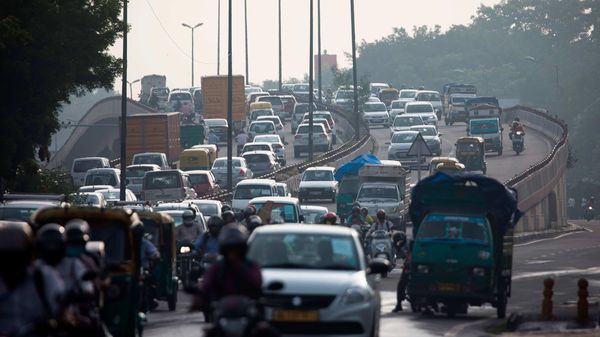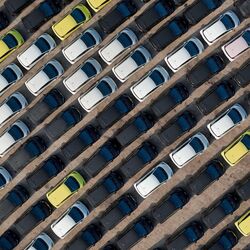Heavy rain drenches Delhi, waterlogging brings vehicular traffic to a halt


New Delhi, Jul 21 (PTI) A fresh spell of heavy rainfall lashed the national capital on Tuesday, inundating low-lying areas and affecting traffic movement in parts of the city.
Residents shared pictures and videos of rainwater gushing into their houses and vehicles wading through waterlogged areas.
According to the Delhi Traffic Police, vehicle movement remained affected at Sarai Kale Khan, near World Health Organisation, Ashram, and ITO due to waterlogging.
Also check these Vehicles
Several places in North Delhi saw waterlogging, including Shalimar Bagh, Paschim Vihar, Malka Ganj, Burari, and Rohini Sector 4, officials said.
Rain and gusty winds uprooted 10 trees in the district.
The weather stations at Safdarjung, Lodhi Road, Palam and Ridge recorded 24.8 mm, 28.5 mm, 23 mm and 17mm rainfall, respectively.
Rainfall recorded below 15mm is considered light, between 15 and 64.5 mm is moderate, and above 64.5mm is heavy, according to the IMD.
The convergence of moist easterly winds from the Bay of Bengal and southwesterly winds from the Arabian Sea is likely to continue over northwest India for another two-three days, weather experts said.
The monsoon though is also running through the region. These two factors together led to moderate to heavy rains in Delhi-NCR, they said.
Earlier, the India Meteorological Department had predicted isolated heavy to very heavy rains in Delhi and neighbouring areas on Tuesday and Wednesday.
"The rainfall intensity and distribution are very likely to decrease significantly thereafter," the IMD had said.
Kuldeep Srivastava, the head of the regional forecasting centre of the India Meteorological Department, said light rains are likely in Delhi till Wednesday morning. Thereafter, isolated light rainfall is predicted for two to three days.
The Safdarjung Observatory has recorded 127.2 mm rainfall against the normal of 129 mm in July so far.
On Sunday, at least four people died as heavy rains lashed the city, inundating low-lying areas and bringing traffic to a standstill on important road stretches.








 40 kWh
40 kWh 150 Km
150 Km
 3996.0 cc
3996.0 cc Petrol
Petrol


















